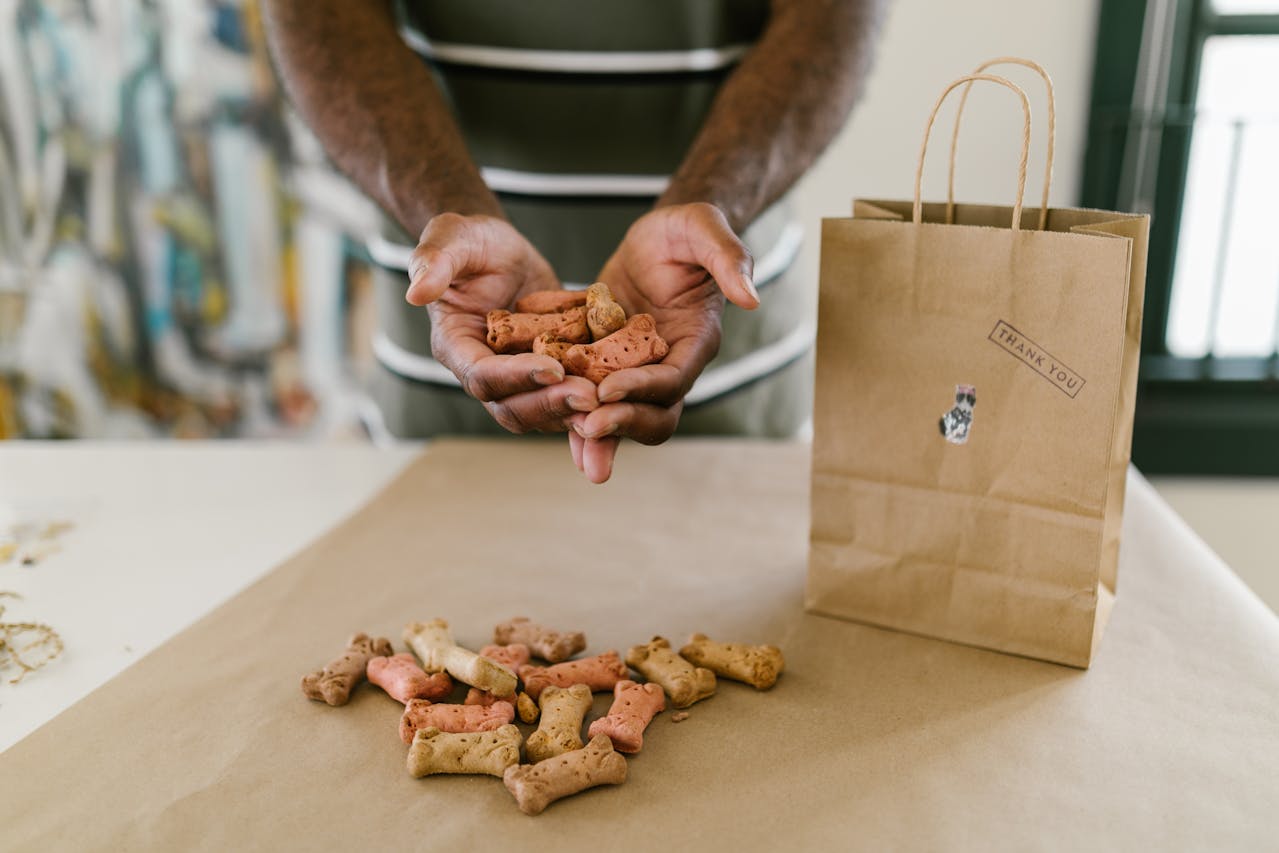The Pros and Cons of Raw Diets for Pets
Raw diets for pets, often called "BARF" diets (Biologically Appropriate Raw Food or Bones and Raw Food), have become increasingly popular as more pet owners seek natural ways to promote their pets' health. Raw diets usually consist of raw meats, bones, organs, and sometimes raw fruits and vegetables. Despite their popularity, these diets are not universally recommended, as they come with both benefits and risks. Here’s a closer look at the pros and cons of raw diets for pets to help you make an informed decision.

Pros of Raw Diets for Pets
1. Improved Coat and Skin Health
-
Benefit: Raw diets are often rich in natural oils and fats, which can help improve the texture and appearance of a pet’s skin and coat. Many owners notice shinier, thicker coats in pets fed a balanced raw diet.
-
Why It Matters: Healthy skin and fur can indicate better overall nutrition and lower sensitivity to allergens or skin irritants.
2. Better Dental Health
-
Benefit: Chewing on raw bones and meat can help remove plaque and tartar buildup, acting as a natural toothbrush for pets.
-
Why It Matters: Improved oral hygiene can lead to fresher breath, reduced risk of gum disease, and healthier teeth over time.
3. Enhanced Energy and Vitality
-
Benefit: Many pet owners report that pets on raw diets have higher energy levels and improved muscle tone, especially in active breeds.
-
Why It Matters: Increased energy levels often reflect better health and physical wellness, and maintaining muscle tone is essential for long-term mobility and strength.
4. Easier Weight Management
-
Benefit: Raw diets, when properly portioned and balanced, can help manage a pet's weight. Raw food often contains fewer fillers and carbohydrates than commercial pet food, making it easier to control calorie intake.
-
Why It Matters: Obesity in pets is linked to numerous health issues, including diabetes, arthritis, and cardiovascular disease. Raw diets may help reduce these risks.
5. Less Digestive Waste
-
Benefit: Pets on raw diets may produce less stool, which is typically firmer and less odorous. This is due to the higher digestibility and lower carbohydrate content of raw foods.
-
Why It Matters: Less digestive waste means the pet’s body is absorbing more nutrients, which could indicate improved digestion and nutrient utilization.
Cons of Raw Diets for Pets
1. Risk of Bacterial Infections
-
Drawback: Raw meats can carry harmful bacteria like Salmonella and E. coli, which can infect pets and, in turn, their human family members.
-
Why It Matters: The risk of bacterial contamination is a serious health concern, particularly for households with young children, elderly individuals, or immunocompromised people.
2. Nutritional Imbalance
-
Drawback: Not all raw diets are nutritionally complete. An unbalanced diet can lead to deficiencies or excesses in key nutrients, which can harm pets over time.
-
Why It Matters: Balanced nutrition is crucial for pets’ long-term health. Too much phosphorus, for example, can harm kidney function, while too little calcium can lead to bone and dental issues.
3. Higher Costs and Preparation Time
-
Drawback: Preparing a balanced raw diet can be time-consuming and expensive. Raw meat, quality organ cuts, and supplements can be costly compared to traditional pet food.
-
Why It Matters: For pet owners with limited time or budgets, the cost and effort involved in maintaining a raw diet may be a significant barrier.
4. Potential for Choking Hazards and Bone Injuries
-
Drawback: Raw bones, if not properly sized or prepared, can splinter or cause choking. Additionally, hard bones may lead to broken teeth or gastrointestinal blockages.
-
Why It Matters: Bone injuries can result in painful, costly vet visits and potentially severe health consequences.
5. Not Suitable for All Pets
-
Drawback: Some pets, especially those with specific health issues like pancreatitis, compromised immune systems, or food sensitivities, may not tolerate raw diets well.
-
Why It Matters: Raw diets may exacerbate existing conditions, potentially making pets sicker. Consulting a vet is essential to determine if a raw diet aligns with a pet’s individual health needs.

Things to Consider Before Starting a Raw Diet
-
Consult Your Veterinarian: Work with your vet to determine if a raw diet is suitable for your pet, and seek guidance on how to meet all their nutritional needs.
-
Use High-Quality Ingredients: Choose fresh, high-grade meats and produce to reduce the risk of contamination and ensure your pet receives the best possible nutrition.
-
Follow Food Safety Protocols: Handle raw meat with care, wash hands and surfaces thoroughly, and store food properly to minimize bacterial risks.
-
Consider Balanced Pre-Made Raw Options: Some pet food companies offer commercial raw diets that are balanced and designed to meet nutritional guidelines, which can be a safer and more convenient alternative.
Conclusion
Raw diets for pets offer potential health benefits, such as improved coat health, dental benefits, and higher energy levels, but they also come with risks, including bacterial contamination, nutritional imbalance, and choking hazards. Carefully consider your pet’s health needs, lifestyle, and your ability to maintain a raw feeding regimen safely before making a decision. Consulting a veterinarian can provide you with tailored advice and ensure that, if you choose to proceed, your pet’s diet is balanced, safe, and nutritious.












